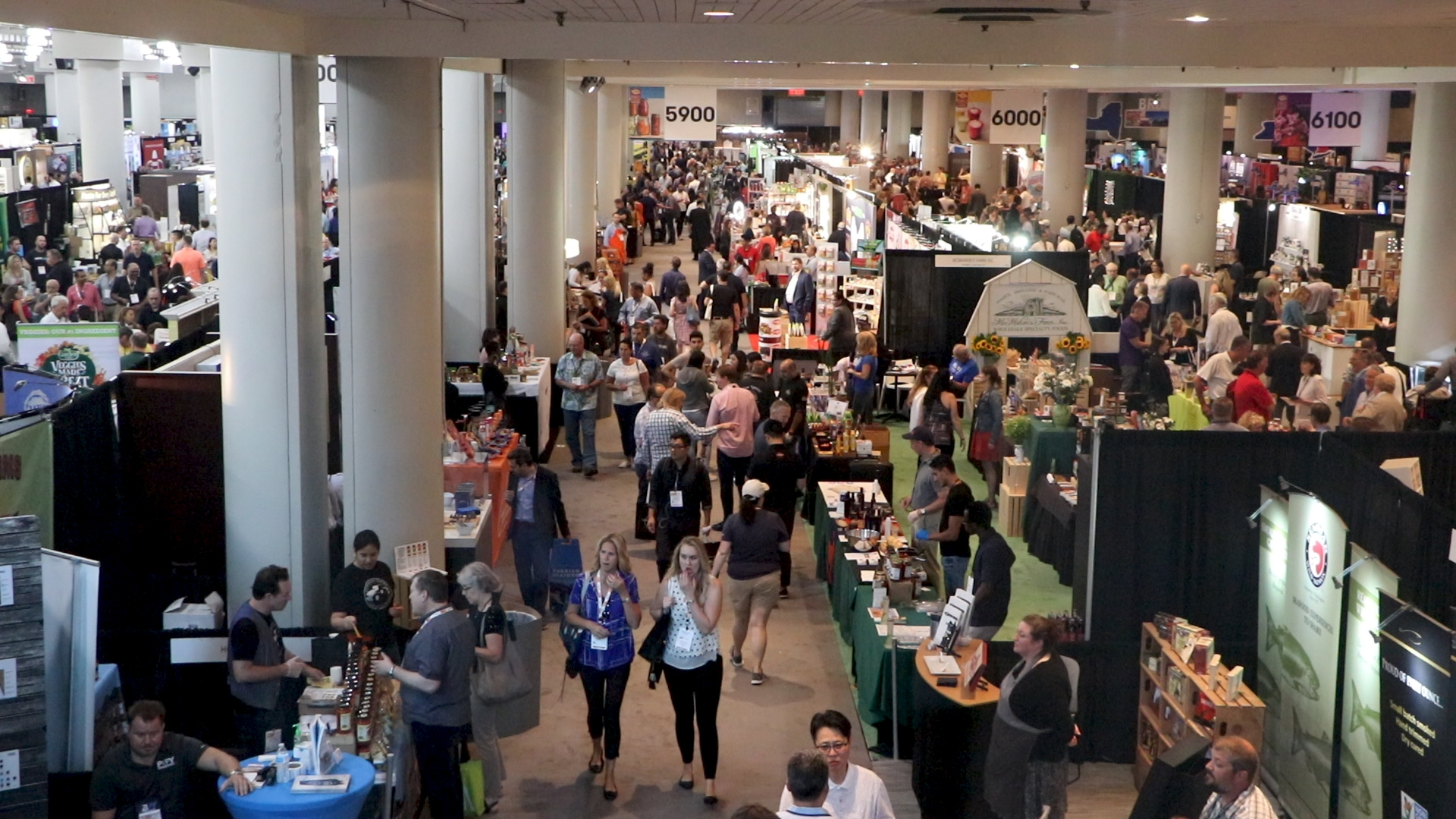
January 6, 2023
You've chosen a trade show to attend and set a budget. You've paid the registration fee, booked your hotel room, and are anxiously awaiting the date to arrive. Now it's time to determine your goals and marketing strategy so you can make the most of the experience!
First, make sure you’ve looked to see if there are any programs that can help offset costs. Here’s a short list, including our Trade Show Assistance Grant, which is currently accepting applications.
- Vermont Agency of Agriculture, Food & Markets is currently accepting applications for Trade Show Assistance Grants, which provide up to 50% reimbursement on eligible expenses for out-of-state shows targeting wholesale buyers.
- Food Export Northeast’s Branded Program also offers 50% reimbursement on eligible expenses for international shows.
- The Vermont Step Program supports Vermont small businesses to enter into foreign markets or expand international export activity through trade shows, trade missions, market research, e‐commerce, and export education.
Get Clear on Your Goals
What will success look like? What will you need to earn from the show for it to have been a sound investment of time and money? How many connections will you need to make, and leads will you need to generate to make that happen? Make sure this number is realistic based on the expected attendance. Set a specific, quantifiable goal for a certain number of leads collected, sales generated at the show, and sales generated from leads at 6 and 12 months out.
Marketing Strategy
Now it’s time to figure out how you’ll get there. There are three essential components of a successful trade show marketing plan: highly trained staff, booth design and demonstration, and a follow up plan.
Staffing -
The folks staffing your booth should be highly trained and knowledgeable, personable and willing to engage with potential buyers, and enthusiastic about your product. Labor costs can add up and it might be tempting to try to do it on your own. However, it’s important to bring along at least one other person to support you and to make sure someone is there when you need to leave your booth for lunch or just to take a well-deserved rest! You don’t want to miss the lead of a lifetime because you had to take a bathroom break!
Take the time to thoroughly train staff on everything they might need to know about your product and your business. They should be able to speak to your story and mission, what products and/or services you offer, how your products are made and how they work, flavor/scent/design options, ingredients and sourcing, and distributer pricing and ordering.
Booth Design –
A good place to start when deciding on your booth design is to look at pictures and/or video from past events. Ideally, from the show you are going to, but if those are not available, then looking at other, similar shows will help as well. A good design is typically more than a table and a pull up banner. Think about how you can decorate the space to feel like a standalone experience and make it stand out from the rest of the booths. Can you decorate the walls? Add flooring? Set up shelving?
It’s a good idea to practice setting up your booth ahead of time. You can do this in your garage, your basement, or anywhere else you can work through the set up and make sure you have all the parts and pieces you need and everything looks the way you want.
It is important to either offer samples or do a demonstration so folks can experience your product right there on the floor. Think about how you can make your booth space inviting, approachable, comfortable, and very visually appealing. If you’re doing a demonstration, consider setting up a few chairs where folks can watch comfortably.
Don’t forget to bring plenty of business cards, brochures, and printouts to help buyers remember you after the show.
Follow Up Strategy –
Finally, it’s time to determine how you will collect and follow up with leads. Review the exhibitor and attendee lists ahead of the show to get an idea of who you would most like to meet. If you have their email, reach out and try to schedule a time to connect.
Try to speak one-on-one with as many people in your booth as possible but leave out an email sign-up sheet and plenty of takeaways for those you miss. Be sure to collect business cards, names, emails, phone numbers, etc. from everyone who shows an interest so you can follow up with them later. Many shows now rent out badge scanners or use smart phone apps so you can quickly capture this information. And be ready to take orders from folks who are ready to buy onsite!
Lastly, block off time in your calendar within two weeks of getting home to make calls, send emails, and follow up with your leads.
Congratulations! You made it through your first trade show!
Thanks for reading the Vermont Agency of Agriculture, Food, and Markets’ Marketing and Agritourism Blog! I’m your host, Kristen Brassard. I’m an Agriculture Development Specialist focused on marketing and events for farm and food businesses. I graduated with a master’s degree in Food Systems from the University of Vermont in 2021 and have nearly ten years’ experience in marketing and events planning. Stay tuned every other week for tips on marketing and incorporating agritourism practices on your farm. Be sure to sign up for our weekly Agricultural Development Newsletter so you never miss a post!
